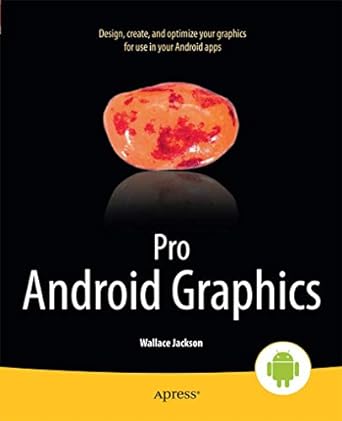Question
1. int foo( int boot[5] ); 2. int foo( int* boot ); 3. int foo( int boot[]); 4. int foo (int x); 5. int food
1. int foo( int boot[5] ); 2. int foo( int* boot ); 3. int foo( int boot[]); 4. int foo (int x); 5. int food int *x ); 6. int foo( int tire[3][5]); Illustration 3: Function prototypes 1.char sta[80]; 2.char text[80]=This is the value; 3.char* ptext="Sample string"; 4.char output[120]; 5.puts(text); 6.printf(%s,text); Illustration 6: Ch 8
26. Illustration 3: Can the integer pointer from line 2 be used with subscripts? A. No B. boot C. yes D. only outside function
27. Illustration 3: Can the integer pointer from line 3 be used with subscripts? A. Yes B. { } C. boot D. no
45.Strings are letters placed in character arrays ending with a null character A. integers B. classes C. false D. true
46. Illustration 6: Which line declares a string (char array) with maximum 80 characters, initialized to a string? A. 1 B. 2 C. 4 D. 6
47. Illustration 6: Which line just creates an array useful for 80 characters? A. 4 B. 6 C. 5 D. 1
Step by Step Solution
There are 3 Steps involved in it
Step: 1

Get Instant Access to Expert-Tailored Solutions
See step-by-step solutions with expert insights and AI powered tools for academic success
Step: 2

Step: 3

Ace Your Homework with AI
Get the answers you need in no time with our AI-driven, step-by-step assistance
Get Started


